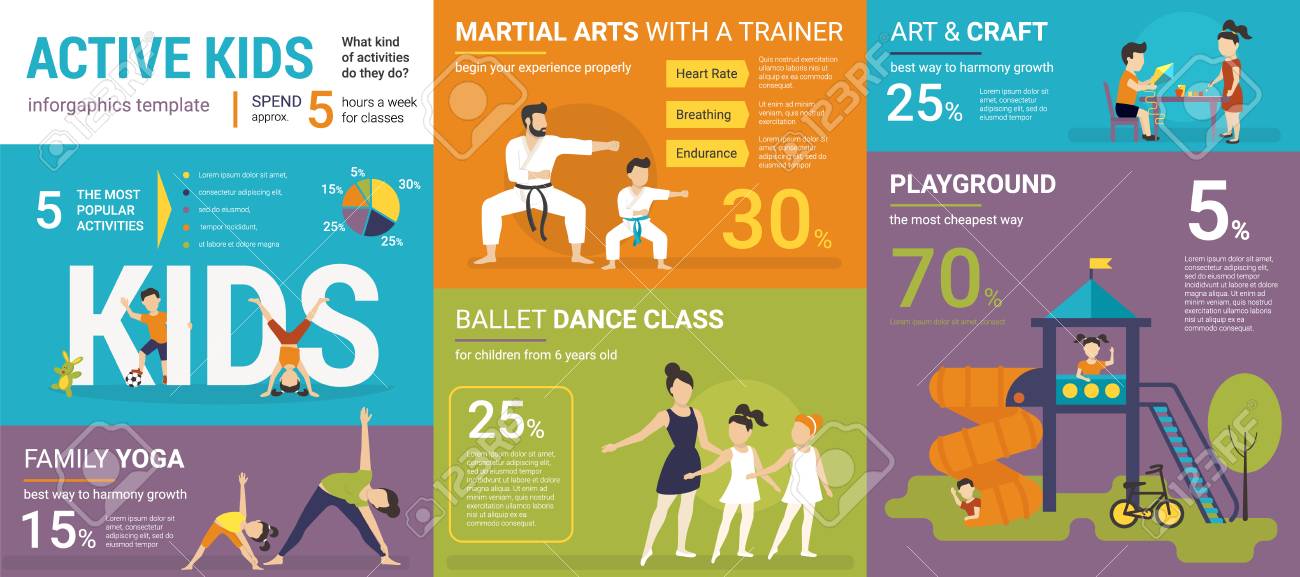The Growth And Historic Context Of Martial Arts Worldwide
The Growth And Historic Context Of Martial Arts Worldwide
Blog Article
Composed By-Wilcox Liu
Martial arts have an interesting history that spans centuries and continents. You might discover it intriguing just how ancient practices like Shuai Jiao and Kalaripayattu laid the groundwork for modern battle techniques. These disciplines not only emphasize physical skills however additionally reflect the societies that birthed them. As you explore their evolution, consider exactly how globalization has actually transformed these traditional kinds into crossbreed styles. What impacts do you assume have shaped today's martial arts landscape?
Ancient Martial arts: The Structures of Fight
As you explore the globe of ancient martial arts, you'll discover the abundant structures that shaped battle techniques throughout cultures. linked web-site concentrated on Self-Defense and survival, usually including strikes, hurting, and weapons.
In old China, for example, techniques like Shuai Jiao highlighted tosses and joint locks, while India's Kalaripayattu showcased agility and fluid activity. Japanese samurai created Kenjutsu, a refined swordsmanship that highlighted discipline and strategy.
These martial arts offered not just for battle yet also as a way of individual advancement, instilling worths like regard and perseverance. The mixing of these techniques gradually prepared for the varied martial arts you see today, each mirroring the unique approaches and demands of its society.
The Social Impact on Martial Arts Growth
While martial arts frequently reflect the practical demands of a culture, they additionally symbolize the cultural values and beliefs of their origins. When you check out various martial arts, you'll see how they're influenced by religious beliefs, viewpoint, and social standards.
For example, the focus on regard and technique in Japanese martial arts comes from Zen Buddhism and samurai culture. On web page , Brazilian Jiu-Jitsu promotes flexibility and approach, formed by the demand for performance in a diverse, modern atmosphere.
You may discover that the rituals, uniforms, and training approaches show a neighborhood's history and identification. By understanding these social impacts, you grow your recognition of martial arts and their role fit human experiences around the world.
Modern Adaptations and the Globalization of Martial arts
Martial arts have actually changed dramatically in current decades, adapting to modern culture and worldwide influences. You'll observe that standard kinds have mixed with modern strategies, producing hybrid styles like mixed martial arts. These adjustments satisfy diverse target markets, making martial arts easily accessible and appealing worldwide.
With the surge of social networks and digital systems, you can locate tutorials and competitions from all edges of the world, damaging geographical obstacles. This globalization has actually resulted in a common recognition for various techniques, from Brazilian Jiu-Jitsu to Taekwondo.
As you engage with these arts, you'll recognize they're not nearly combat; they advertise physical fitness, self-control, and psychological well-being.
Eventually, modern adaptations have actually enriched the martial arts landscape, making it a dynamic and evolving method.
Final thought
In discovering the history and development of martial arts, you uncover a remarkable blend of strategies, cultures, and philosophies. From ancient techniques like Shuai Jiao and Kalaripayattu to the modern-day adaptability seen in mixed martial arts, martial arts show humanity's mission for Self-Defense and individual growth. As you engage with these methods, you not just get abilities however additionally a deeper recognition for the varied practices that form our globe today. So, continue your journey and embrace the art of fight!
